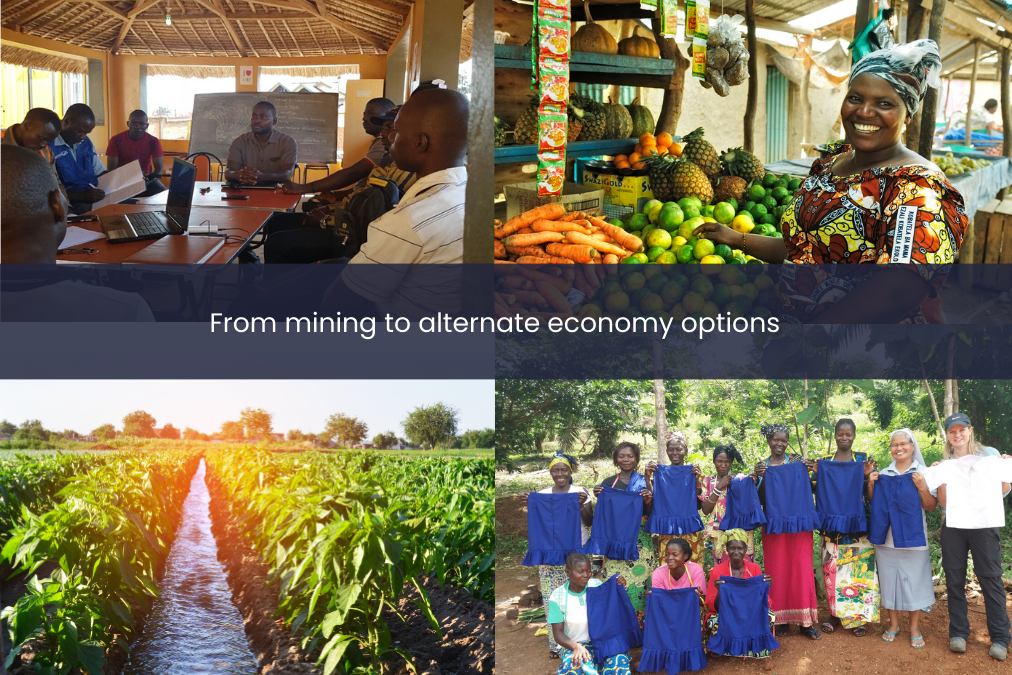Social Transitioning within the Life of Mine
Every mining operation has a Life of Mine, a planned timeline for when the mineral deposit will be physically depleted. Mining communities, towns or cities often develop around mineral deposits and grow during operation. However, the ultimate question must be: what happens when the mine closes? Without planning, the answer is nothing.
Social transitioning is the journey undertaken by stakeholders, for example, the respective company, its employees, mining communities, government, municipalities, respective leadership structures and academic bodies toward collaboratively building a sustainable post mining economy and stimulate an economic transition.
A social transition encompasses planning toward researched alternate economies that would be compatible with the location and its people. This means transition of skills and different stakeholders working together to promote a sustainable alternate option to mining.
It is rather idealistic and displays its own challenges in the world. However, without undertaking the journey for alternative options and economies, the positive economic lift the mines may have had in the operational context, would come to an abrupt end, often leaving ghost towns in their midst.
Building a Path Forward
The complexity of social transitioning requires a structured, collaborative approach. Successful transitions don’t happen by accident, they require deliberate planning, proven methodologies, and the right tools to bring stakeholders together around a shared vision for the future.
Effective social transitioning rests on three pillars: early engagement, collaborative planning, and proven methodologies. Rather than waiting until closure approaches, successful mining companies begin this conversation during the operational phase, working alongside communities to identify and develop alternative economic opportunities.
Good International Industry Practice for Social Transitioning
Industry best practice, as outlined in resources such as the ICMM’s ‘Handbook on Multistakeholder Approaches to Socio-Economic Transitions in Mining,’ provides nine key approaches and eleven practical tools that can be adapted to different mining contexts. These resources, combined with local knowledge and stakeholder input, form the foundation for effective transition planning.
Social transitioning represents both a responsibility and an opportunity, a chance to ensure that the development and investment in communities continues far beyond the operational phase. However, successful implementation requires more than good intentions and industry guidance, it demands a clear understanding of the regulatory framework that governs these transitions. In our next article, we’ll examine the legislation that shapes social transitioning requirements and how companies can navigate these legal obligations effectively.








